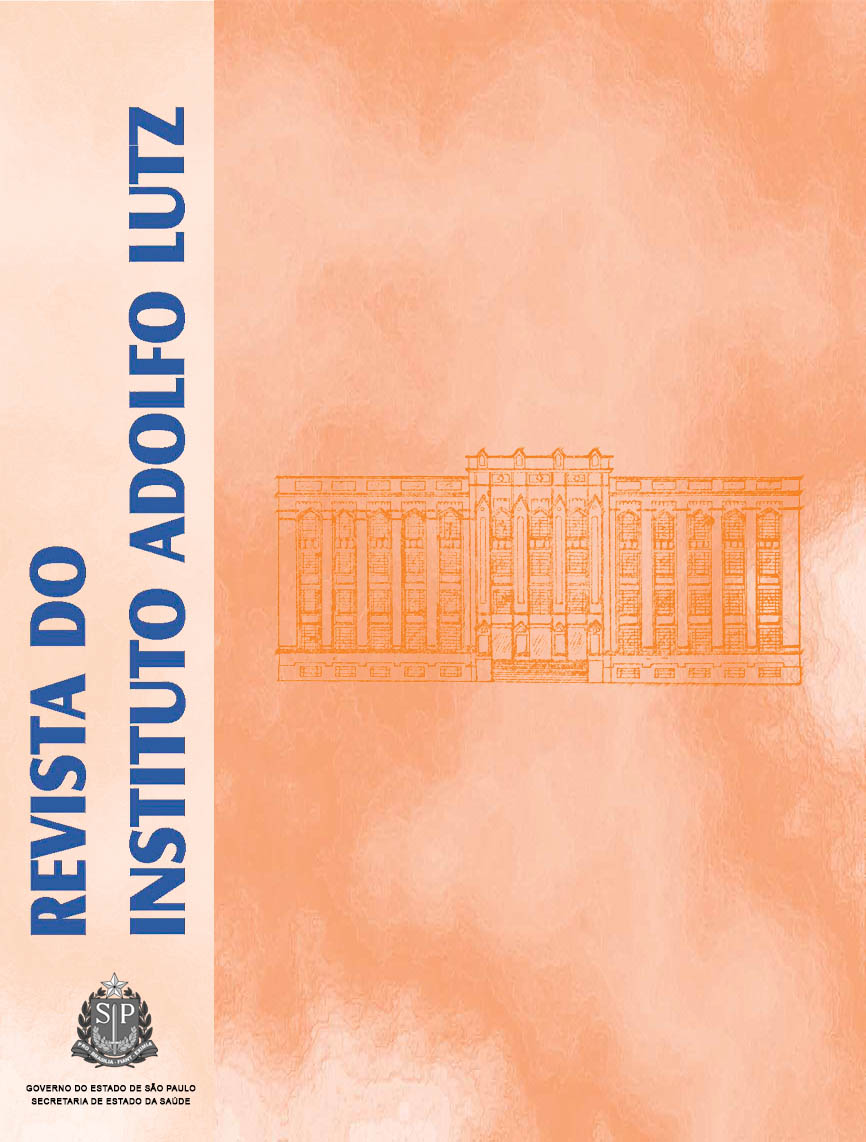Abstract
Most pathogenic fungi show dual morphology features in their saprophytic and parasitic stage. Occasionally, yeast cells produce short and aberrant hyphae, or large cells which can be seen on granulomas histological analysis, and otherwise as giant forms in fresh pus from abscesses, or also as highly encapsulated - serotype B in tissue specimens. The present study reports a HIV positive 39 years old single male patient, who presented oral candidiasis, pulmonary tuberculosis, cardiac insufficiency, Corynebacterium sp meningitis, and neurocryptococcosis due to C. neoformans var. neoformans. The patient was treated with amphotericin B for 45 days, who received approximately a total of 1,960 mg of drug. Atypical C. neoformans cells in diverse sizes and blastoconidia forms were isolated from cerebrospinal fluid (CSF). CSF stained with a China ink preparation revealed the presence of ovoid, branched, and pseudohyphae forms surrounded by a thick capsule. The isolate variety was identified as C. neoformans var. neoformans. Antifungal susceptibility testing performed by means of EUCAST5 technique indicated that the strain was sensitive to amphotericin B (MIC = 0.12μg/mL), fluconazole (2μg/mL), and itraconazole (0.06 μg/mL). The previous reports on atypical yeast cells form described the occurrence of multiple and irregular blastoconidia in human clinical samples.References
1. Takeo K, Uesaka I, Uehira K, Nishiura M. Fine structureof Cryptococcus neoformans grown in vivo as observedby freeze-etching. J Bacteriol 1973; 113: 1449-54.
2. Mariat F. Saprophytic and parasitic morphology of pathogenic fungi. In: Smith H, Taylor J. Microbial behavior“in vivo” and “in vitro”. Cambridge University Press, Cambridge UK: 1964. p. 85-111.
3. Alasio TM, Lento PA, Bottone EJ. Giant blastoconidiaof Candida albicans. Arch Pathol Labor Med 2003;127: 868-71.
4. Bottone EJ, Horga M, Abrams J. Giant blastoconidia of Candida albicans: Morphologic presentation and concepts regarding their production. Diagn Microbiol Infect Dis1999; 34: 27-32.
5. Shadomy HJ, Lurie HI. Histopathological observations inexperimental cryptococcosis caused by a hyphae producing strain of Cryptococcus neoformans (Cowardstain) in mice. Sabouraudia 1971; 9: 6-9.
6. Cruickshank JG, Cavil R, Jelbert M. Cryptococcus neoformans of unusual morphology. Appl Microbiol 1973;25: 309-12.
7. Love GL, Boyd G, Greer DL. Large Cryptococcus neoformans isolated from brain abscess. J Clin Microbiol1985; 22: 1068-70.
8. Bottone EJ, Kirschner PA, Alkin I.F. Isolation of Highlyen capsulated Cryptococcus neoformans serotype B from apatient in New York City. J Clin Microbiol 1986; 23: 186-8.
9. Kwon-Chung KJ, Polacheck I, Bennett JE. Improveddiagnostic medium for separation of Cryptococcus neoformans var. neoformans (serotypes A and D) andCryptococcus neoformans var. gattii (serotypes B and C). J Clin Microbiol 1982; 15: 535-7.
10. Cuenca-Estrella M, Lee-Yang W, Ciblak MA, Arthington-Skaggs BA, Mellado E, Warnock DW, et al. ComparativeEvaluation of NCCLS M27-A and EUCAST Broth Microdilution Procedures for Antifungal Susceptibility Testing of Candida Species. J Antimicrob Chemother2002; 49: 981-7.

This work is licensed under a Creative Commons Attribution 4.0 International License.
Copyright (c) 2007 Instituto Adolfo Lutz Journal
